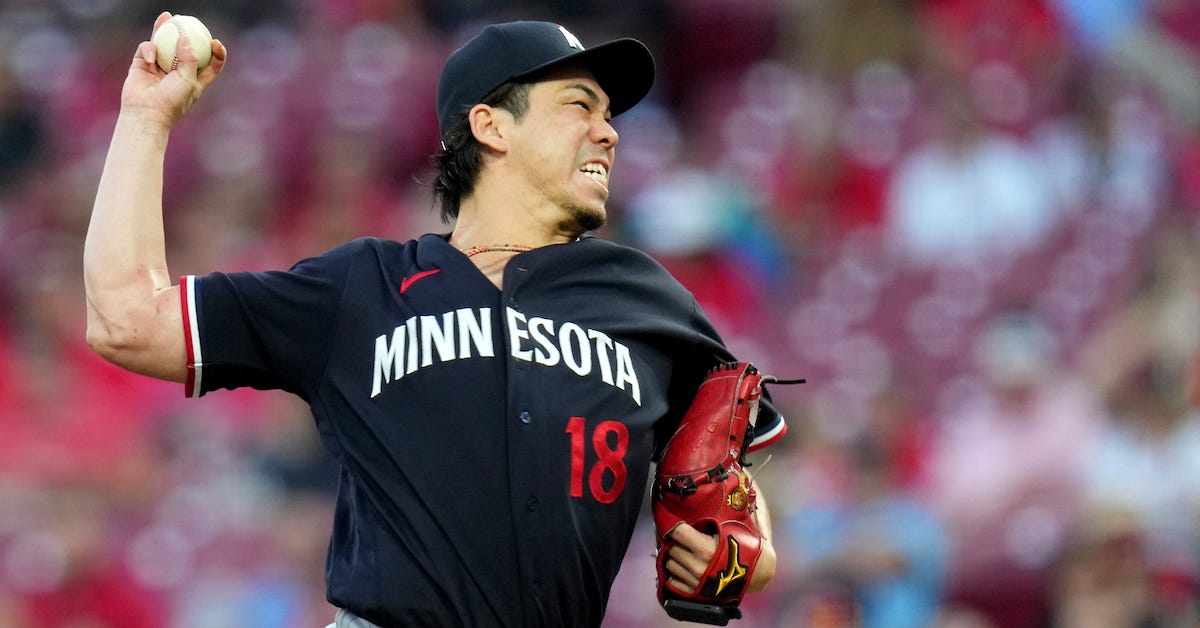James Paxton Expects To Be Better Next Year

All things considered, James Paxton had a productive season. In 19 starts comprising 96 innings, the recently turned–35-year-old left-hander fanned 101 batters, allowed 93 hits and logged a 4.50 ERA and a 4.68 FIP. The erstwhile Seattle Mariners and New York Yankees rotation mainstay put up those numbers with the Boston Red Sox between May 12 and September 1, and he did so after throwing just 1.1 innings over the past two-plus seasons. “Big Maple” underwent Tommy John surgery in April 2021, and he remained on the shelf the following year due to a lat tear incurred late in the rehab process. Factor in the truncated 2020 COVID campaign, and he’d tossed just 22.1 frames since September 2019.
Paxton, now a free agent, has been a quality pitcher when healthy. From 2017 to ’19, the hard-throwing Ladner, British Columbia native went 38–17 with a 3.54 ERA, a 3.26 FIP, and a 30.0% strikeout rate. His heater averaged 95.6 mph over that three-year span, just a few ticks over this year’s 95.3. As for next season, he expects not only to be throwing every bit as hard, but also to be close to his old self in terms of overall arsenal quality. He addressed that subject, as well as his experience returning to the mound in 2023, when I spoke to him at the end of September.
———
David Laurila: You came back from Tommy John surgery. What has that experience been like in terms of your pitch quality?
James Paxton: “It’s definitely interesting coming back from it, the stuff differences [and] trying to figure out my arm again. I feel like the fastball came back, it felt really good, but the breaking stuff took some time. The cutter wasn’t the same pitch it was before Tommy John. I’m still kind of figuring that pitch out. I got to a place where it was good enough. I could use it, it just wasn’t the same as it was.”
Laurila: How has it been different?
Paxton: “I used to throw it harder. It was a shorter, harder slider, basically, and now it’s not quite as hard. I used to throw it 88–91 [mph] and now it’s like 85–87. It still has decent movement to it, but again, it’s just not quite the same pitch that it was before I got hurt. Maybe that’s something that will come back in year two. People say that your stuff isn’t really 100% back until the year after your first year back from Tommy John.” Read the rest of this entry »








